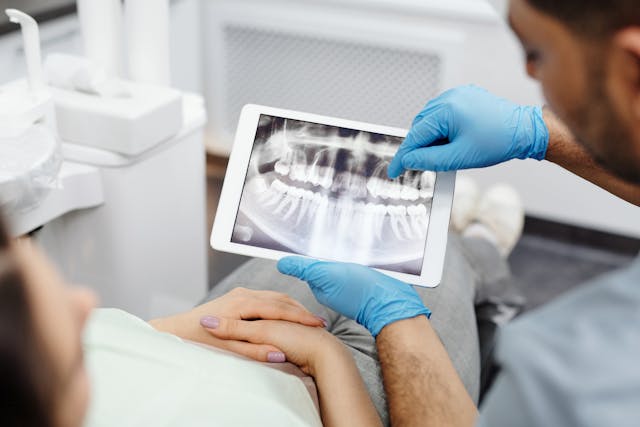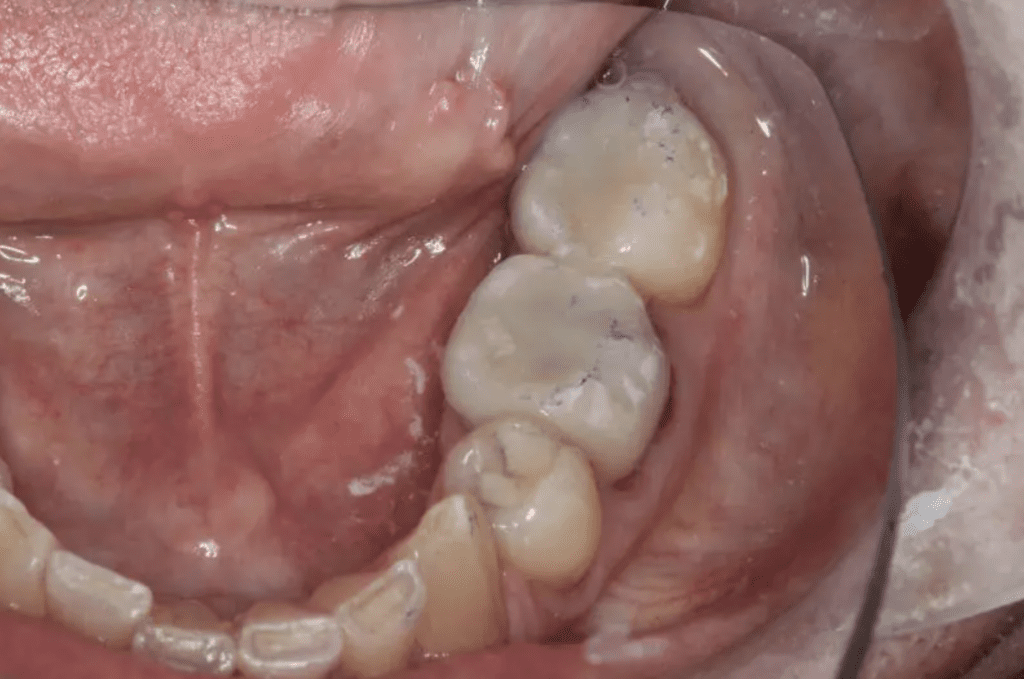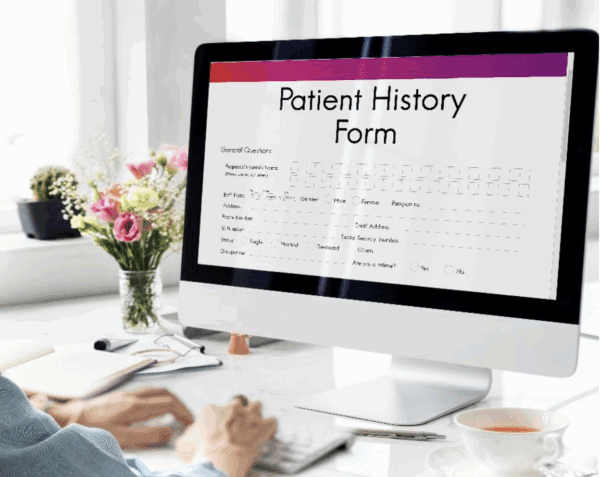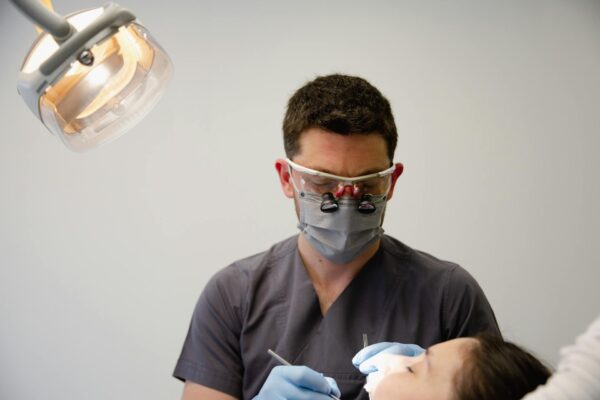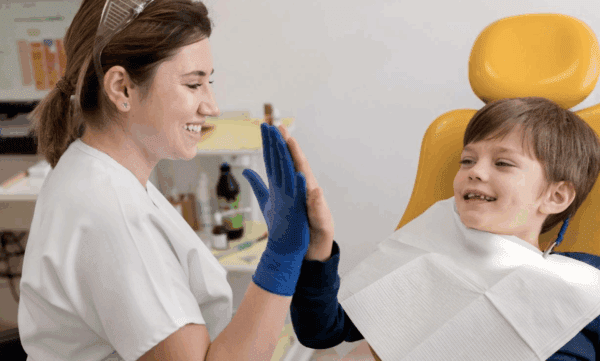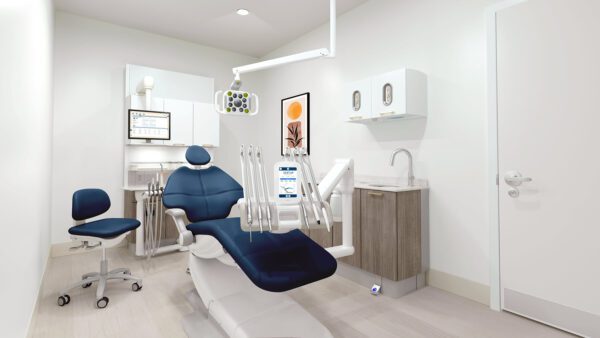![]()
Dr. Leonard Hess began teaching continuing education courses in 2005, and the topics include occlusion, smile design, treatment planning, preparation design, and practice integration of complete dentistry.
He’s taught full-day continuing education courses at the American Academy of Cosmetic Dentistry’s national meeting, The Greater New York Dental Meeting, AACD National Meeting, Pacific Dental Conference, Ontario Dental Association meeting, and The Yankee Dental Conference.
Dr. Hess also has taught courses in Japan, Germany, Poland, China, and Canada.
Dr. Hess is currently serving as the Senior Clinical Director at The Dawson Academy. He also owns Union County Center for Comprehensive Dentistry in Charlotte, North Carolina.
Complete Examinations in Dentistry
By: Dr. Leonard A. Hess, DDSClinical Director, The Dawson AcademyThe Article Originally Appeared on TheDawsonAcademy.com. Dr. Hess…
How To Track Key Dental Practice Performance Metrics
By: Dr. Leonard A. Hess, DDSClinical Director, The Dawson AcademyThe Article Originally Appeared on TheDawsonAcademy.com Measure What’s…
Top Phone Greeting Tips for Dental Practices
By: Dr. Leonard A. Hess, DDSClinical Director, The Dawson AcademyThe Article Originally Appeared on TheDawsonAcademy.com In today’s…
How to Master a Complete Dental Examination
By: Dr. Leonard A. Hess, DDS, Clinical Director, The Dawson AcademyThis article originally appeared on TheDawsonAcademy.com, Dr….
How Do You Know If You Achieved Centric Relation?
By: Dr. Leonard A. Hess, DDSClinical Director, The Dawson AcademyThis article originally appeared on TheDawsonAcademy.com, Dr. Hess…
TMJ 101: The Best TMD Treatment Options For Dentists
By: Dr. Leonard A. Hess, DDSClinical Director, The Dawson AcademyThis article originally appeared on TheDawsonAcademy.com, Dr. Hess…
What is Fremitus and Why Should You Check For It?
By: Dr. Leonard A. Hess, DDSClinical Director, The Dawson AcademyThis article originally appeared on TheDawsonAcademy.com, Dr. Hess allowed igniteDDS to…
Dentist Education: How Do I Predictably Prep Second Molars?
By: Dr. Leonard A. Hess, DDSClinical Director, The Dawson AcademyArticle originally appeared on TheDawsonAcademy.com, Dr. Hess allowed…
Sequencing a Full-Mouth Rehab: Anterior or Posteriors First?
The correct sequence to begin a full-mouth rehab is tobegin with the anterior teeth first, particularly the…
Q&A with Dr. Hess: Patients Who Have More Pain After Wearing a B-Splint
By: Dr. Leonard A. Hess, DDSClinical Director, The Dawson AcademyThe Article Originally Appeared on TheDawsonAcademy.com Question: What…
Co-Discovering Oral Diseases Through Medical History
By: Mary Osborne, RDHThis topic originally appeared on PankeyGram.Org. Dr. Osborne granted permission for igniteDDS to share with our readers. Take Your Time For Detailed Medical History The earliest but yet the most powerful tool toward accurate diagnosis is detailed patient’s medical history. But to get the desired information that we need from patients for diagnosing…
Why Submitting Claims to Dental Insurance Under a Provider Not Rendering Treatment is Insurance Fraud
By: Angela Holland In the world of dental insurance, accuracy isn’t just important, it’s essential. When it comes to submitting dental claims, one of the most critical pieces of information is the rendering provider, the licensed dentist who actually performed the service. Whether you’re a single-practice office or part of a larger dental network, it…
Draw the Line: How to Hold Your Team Accountable Without the Drama
By: Dawn Patrick, Dental Practice Coach + Director of Operations IgniteDDS As a dental practice owner or manager, you work hard to create a positive, high-performing team culture. But what happens when a team member continuously falls short of expectations? Allowing poor performance to persist damages morale, impacts patient care, and affects profitability. That’s why…
The Importance of Making Time for Time Off from Work
By: Dr. Kaufman One of the most important lessons I can share with my colleagues is taking time off from the hustle and bustle of modern life. While this might seem like an indulgence it is an essential component of a healthy lifestyle. Rest serves as a catalyst for increased productivity. Dentistry is mentally and…
Class II Preparation and Restoration: High-Yield Guide for D1 Students
By: Michael Eid Class II preparation and restoration are where things get real. You’re now dealing with proximal surfaces, tight contacts, and matrix systems. This guide simplifies it all for you. What Is a Class II Cavity? Location: Proximal surfaces (mesial/distal) of posterior teeth Class II Preparation Steps Occlusal Portion Proximal Box Matrix & Wedge Tips …
Breathing and Airway Support in Pediatric Dentistry
By: Steve Carstensen DDSThis Topic Originally Appeared on PankeyGram.Org. Dr. Carstensen granted permission for igniteDDS to share with our readers. I want to share a clear example of how bad sleep directly affects the anatomical structures dentists pay a lot of attention to—the mandibular condyles. Sleep Disruption Disrupts Jaw Bone Regeneration We’ve all seen on X-rays…
First Practice? Get Savings, Support for a ‘Smart Start’
By: A-decTopic originally appeared on DentalProductShopper.com, they granted permission for igniteDDS to share with our readers. A-dec program offers equipment savings, expert guidance, and complimentary services to ensurefirst-time practice owners get off to a smooth start Struggling with a lengthy wish list of equipment for your first practice? For many dentists, it’s an experience that likely…
Stop the Revolving Door: Rethink Your Onboarding Strategy
By: Dawn Patrick, Dental Practice Coach + Director of Operations IgniteDDS In a busy dental practice, it’s easy to assume a new hire will “figure things out” after a few shadowing shifts. But that’s a fast track to burnout—for the new team member and for the team trying to train them on the fly. Onboarding…
Relationship-Based Dental Practices: Avoiding Judgmental Stories About Patients
By: Michael Rogers, DDSThis Topic Originally Appeared on PankeyGram.Org. Dr. Rogers granted ignitedds permission to share with our readers. Near my dental office, there’s a small strip center that includes a realty group and a small church that creates a significant daily line of cars that go through a drive-through window. Cars line up waiting…
Understanding Dental Insurance Third-Party Administrators: How They Benefit and Hinder Your Practice
By: Angela Holland Dental insurance third-party administrators (TPAs) play a significant role in managing insurance claims and processing reimbursements between dental practices and insurance companies. TPAs are third-party entities hired by insurance companies, employers, or health plans to manage dental insurance plans and the claims process. Their goal is to streamline the administrative side of…

